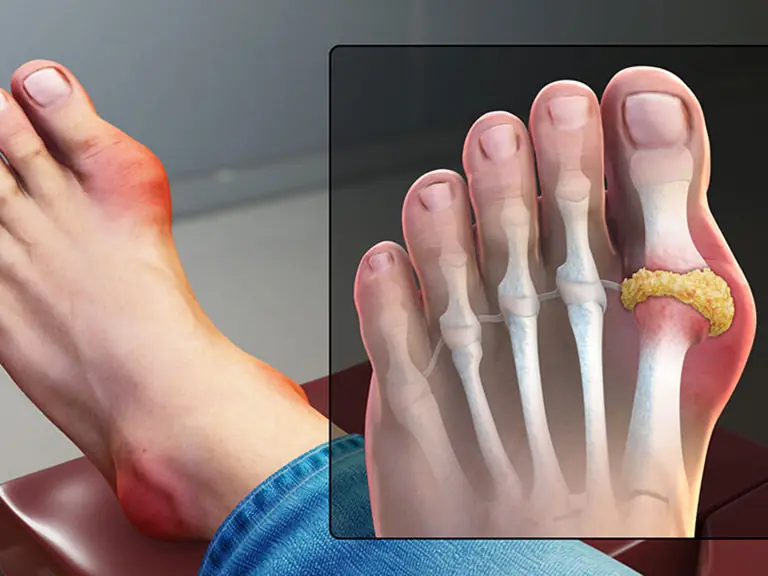
Recognize signs of rabies according to each stage of the disease
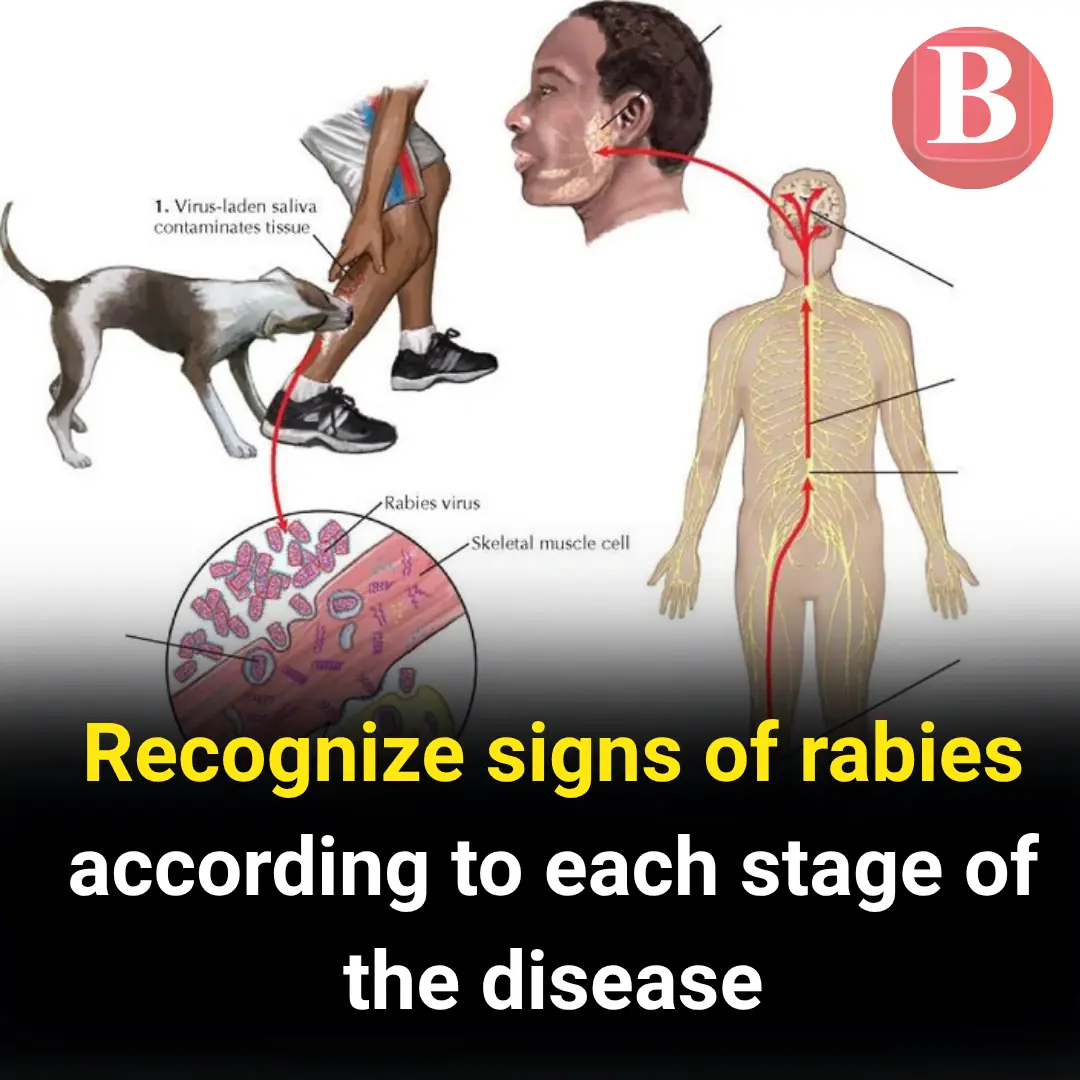
What is Rabies?
Rabies is an infectious disease transmitted from animals and caused by a virus. It leads to progressive inflammation of the brain and spinal cord and is fatal. Clinically, rabies presents in two forms:
-
Furious rabies – characterized by agitation and hallucinations.
-
Paralytic rabies – characterized by paralysis and coma.
Although rabies is fatal once clinical symptoms appear, the good news is that it is entirely preventable with vaccines, medications, and technology that help avoid rabies-related deaths.
1. Incubation Period
The incubation period is the time from when the virus enters the body to when the first symptoms appear. During this time, the virus spreads from the wound into the bloodstream and travels throughout the body.
-
Typically lasts between 30 and 90 days, but can range from 10 days to 2 years.
-
The incubation period can be shorter when:
-
The exposed individual is a child.
-
There is a high concentration of virus at the site of infection.
-
The wound is close to the central nervous system (e.g., on the head).
-
2. Prodromal Stage
This stage usually lasts 1 to 4 days, during which the immune system ramps up to fight the invading virus. Immune responses trigger early symptoms of rabies, including:
-
Fever
-
Fatigue
-
Headache
-
Pain or tingling at the wound site
-
Psychological changes such as agitation and increased fear
-
Loss of appetite
-
Sore throat
-
Nausea, vomiting
-
Diarrhea
-
Anxiety and insomnia
-
Depression
3. Acute Neurological Stage
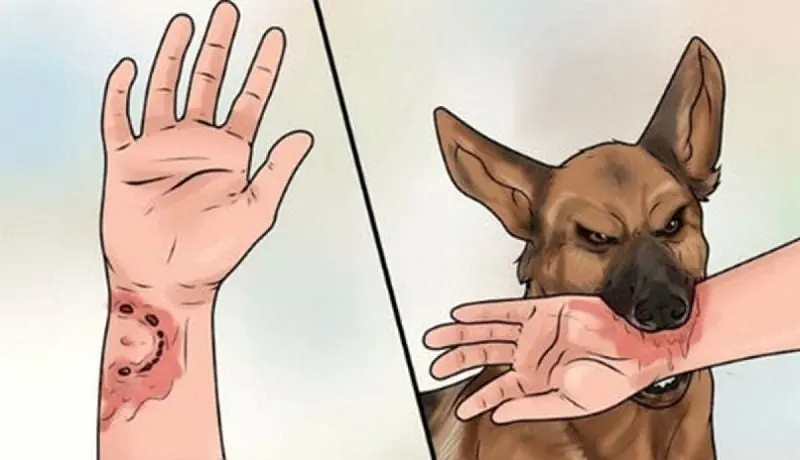
This stage lasts 2 to 10 days, during which the virus has invaded the brain and starts causing severe neurological damage.
-
Muscle groups become paralyzed, leading to death, usually due to respiratory failure.
-
Rabies at this stage appears in two forms:
-
Furious Rabies
-
Paralytic Rabies
-
In both forms, the virus severely attacks the nervous system, leading to:
-
Fever
-
Stiff neck and muscles
-
Generalized or localized seizures
-
Excess saliva production
-
Impaired breathing
Furious Rabies
This is the most common form, accounting for 80% of rabies cases. It is characterized by violent physical and psychological symptoms.
-
Symptoms occur in episodes, alternating with moments of lucidity.
-
Patients often show:
-
Mental agitation
-
Strange behavior
-
Hallucinations
-
Excessive salivation
-
Hydrophobia (fear of water) — attempting to drink may cause spasms in the throat muscles
-
Paralytic Rabies
Unlike furious rabies, this form is marked by gradual muscle paralysis without hallucinations or hydrophobia.
-
Limbs become weak and inactive
-
No episodes of delirium
-
Breathing may eventually stop due to paralysis
4. When to See a Doctor?
Rabies vaccination is an effective way to prevent infection. You should see a doctor immediately after being injured by an animal or coming into contact with one suspected of having rabies.
Depending on the:
-
Timing of the exposure
-
Severity of the injury
-
Your rabies vaccination history
… the doctor will determine whether you need a vaccine or further treatment.
Warning Signs That Require Medical Attention:
If you've had contact with a potentially rabid animal or suffered an animal-inflicted injury, look out for the following symptoms and consult a doctor immediately:
-
Fever: Often accompanied by pain, tingling, or a pins-and-needles feeling at the bite or scratch site
-
Digestive issues: Nausea, vomiting, diarrhea
-
Sore throat: Spasms may occur when attempting to drink, especially in hydrophobic rabies
-
Behavioral changes: Agitation, fear of wind or water
-
Decreased motor function: Progressive muscle paralysis, delirium
News in the same category

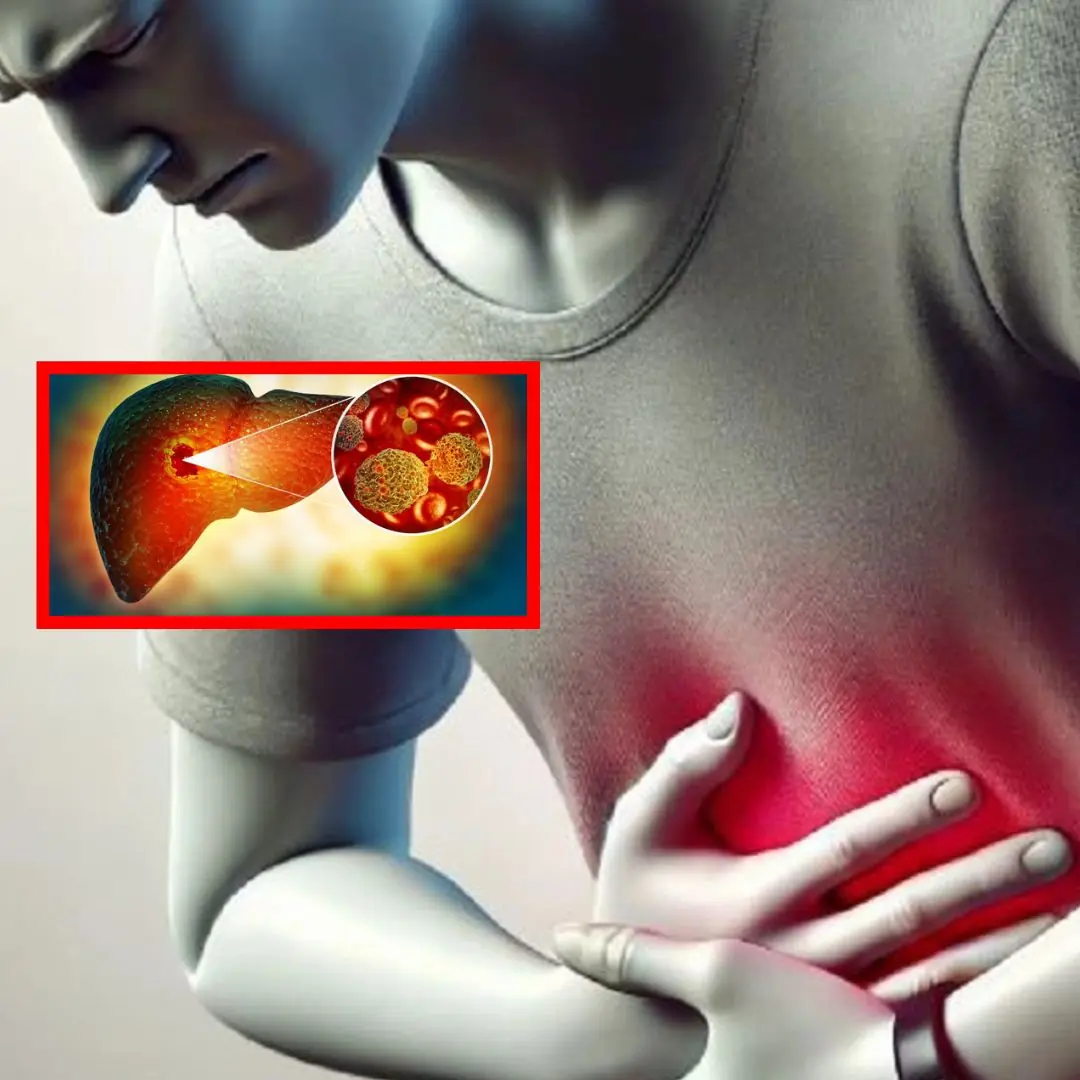
5 Nighttime Symptoms Warning of Fatty Liver

9 'super foods' favored by people over 100 years old
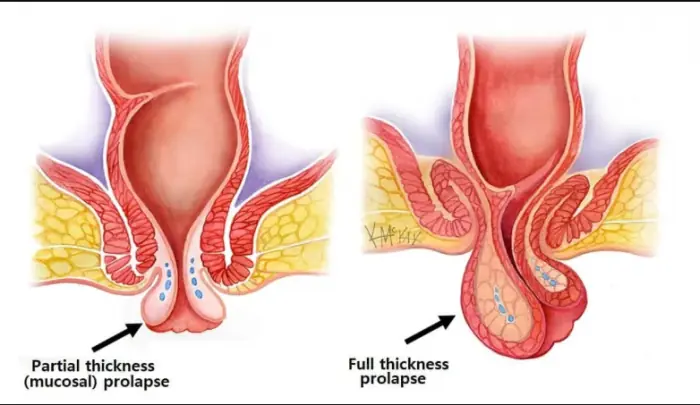
5 Dan.gers of Using Your Phone in the Bathroom

5 groups of people should not drink coffee or it will harm their health

Yellow palms: What is the cause of deficiency? How to cure it completely?

Warning! Stop Putting These 5 Things in the Fridge—They Could Become “Invisible Kil.lers”

6 Everyday Foods You Think Are Safe - But Are Actually To.xic
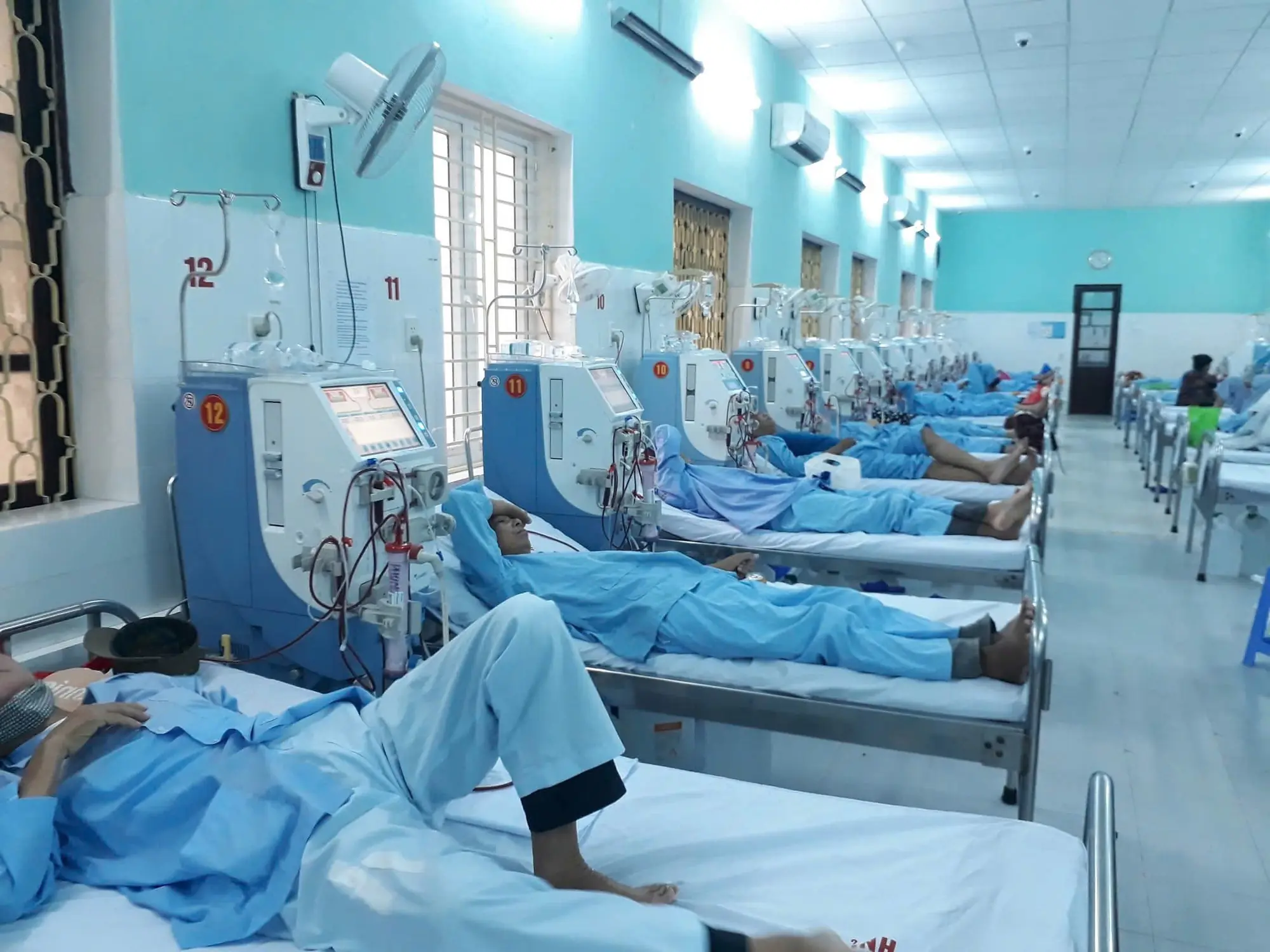
Kidney atrophy before age 30: Doctors warn of 2 habits that cause kidney failure, many people suffer from it

This popular summer fruit has received attention from scientists for its cooling, diuretic properties and ability to naturally support liver detoxification.

6 Simple Ways to Reduce Water Retention

4 groups of people should avoid eating cucumbers

Drinking Hot Water: Health Benefits and R.i.sks
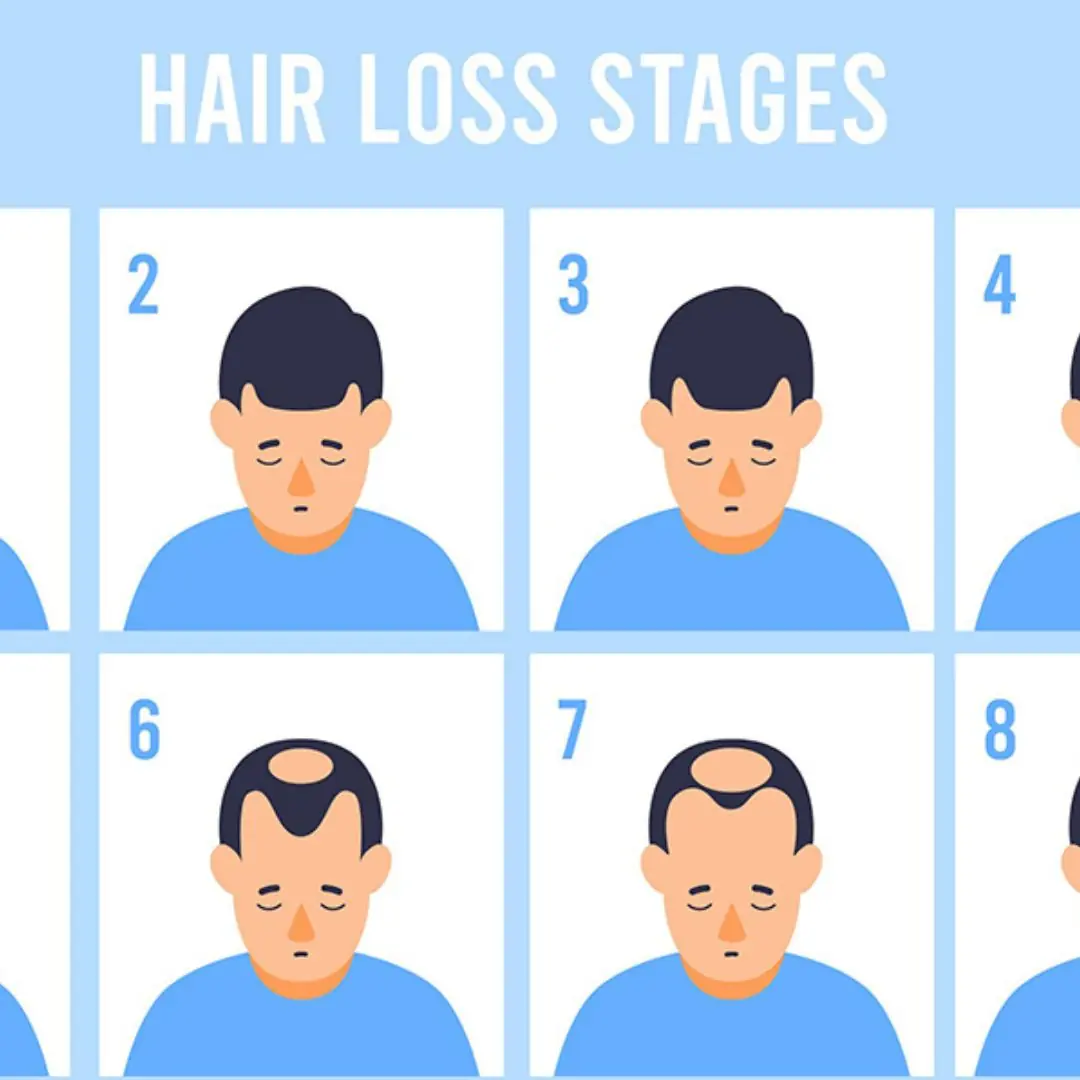
When Does Male Pattern Baldness Start And How To Prevent It
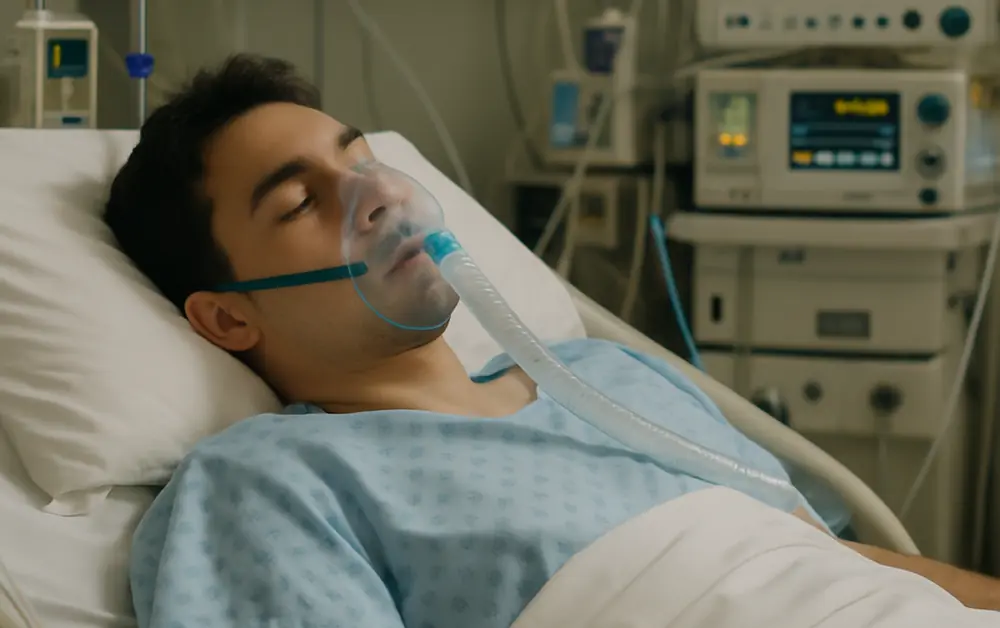
21-year-old male student with severe kidney and heart failure: The "culprit" is a familiar drink, not alcohol
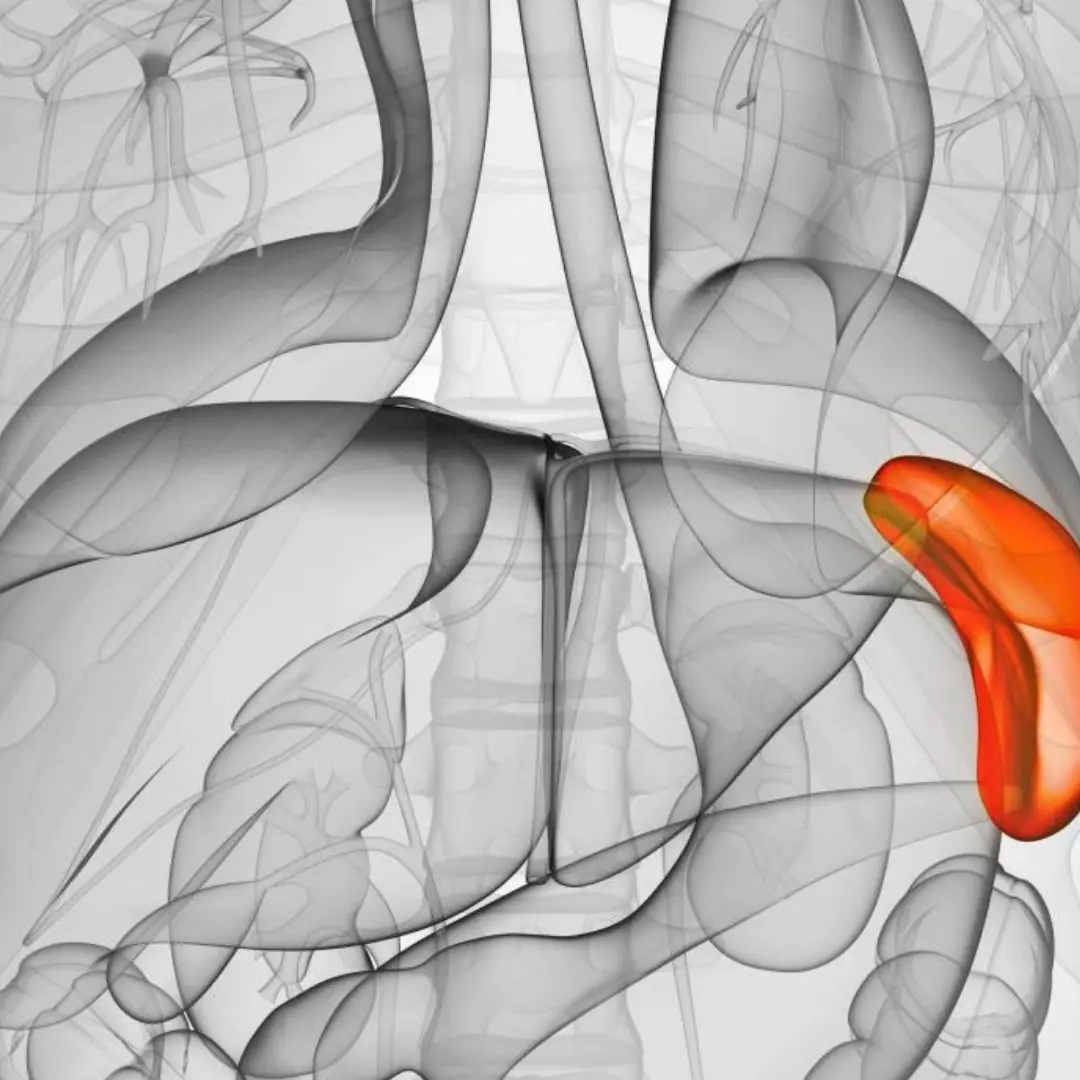
What are the symptoms of ca.n.cer of the spleen?

Root vegetables are the "king of vegetables", with protein as good as meat and 10 times more vitamin C than apples
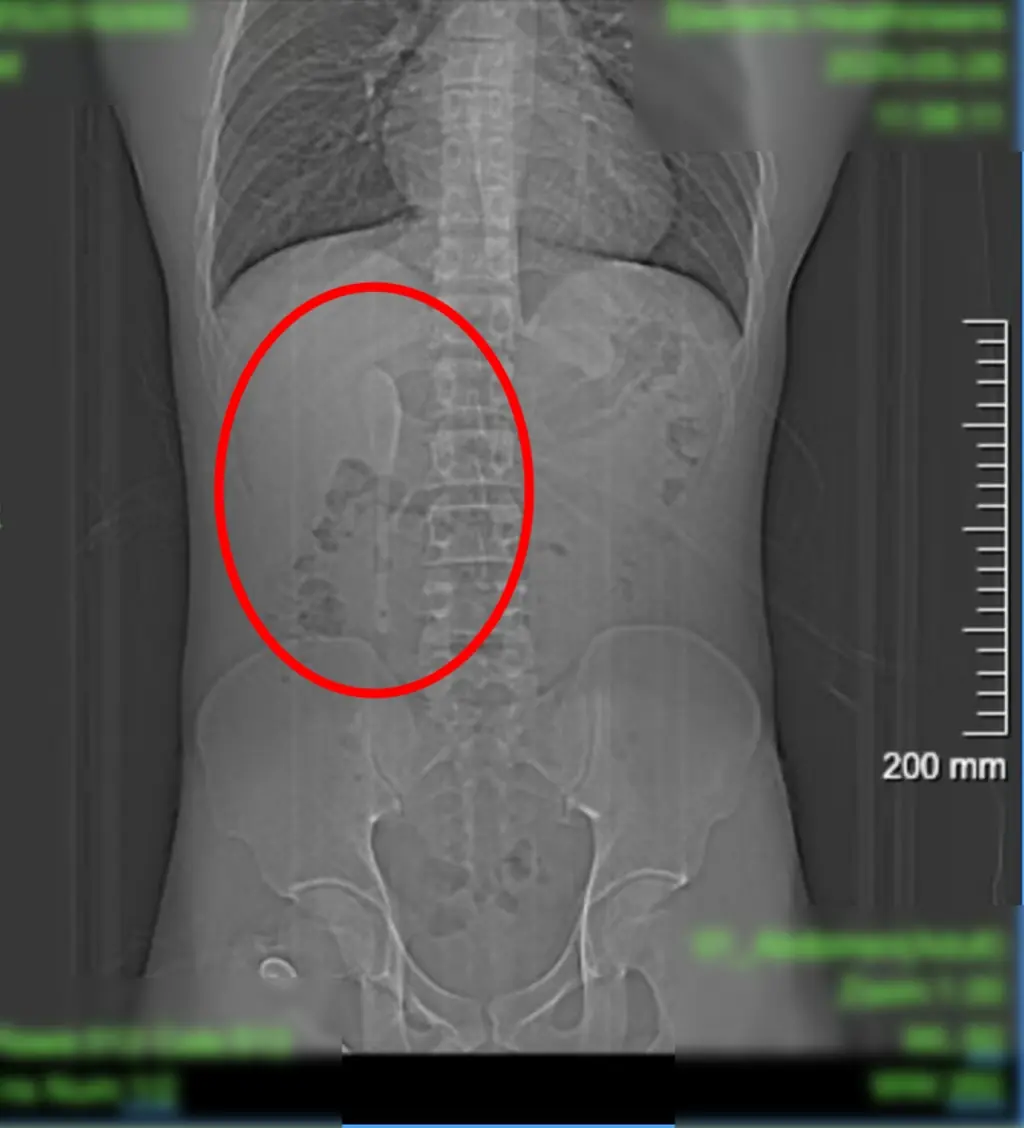
Man Goes to Hospital for Sto.mach Pain—Doctors Shocked by What They Find Inside

Why Does the Vagina Smell Sour? 4 Real Reasons Every Woman Should Know
News Post

This Fruit Is the 'King of Digestion'

This Vegetable Is Known in China as a ‘Liver-Boosting Remedy’

These 3 Cooking Oils Could Trigger Cancer Cell Growth and Damage Your Organs
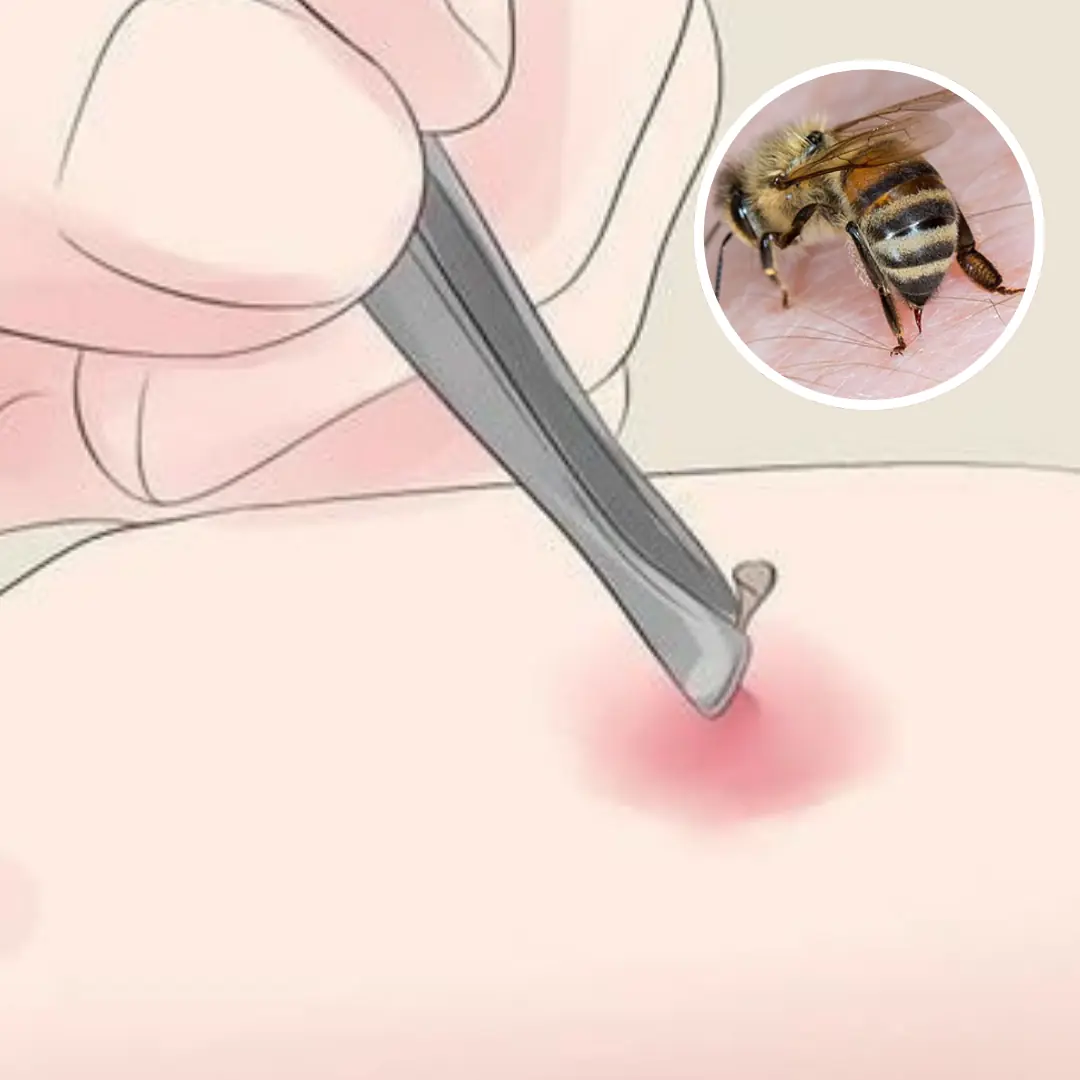
Is bee sting da.ng.erous and what is first aid?

Warning: 4 Types of Food You Should Never Reheat

4 Kitchen Foods You Think Never Expire—But It’s Time to Toss Them Out!

Don’t Throw Away Lemon Peels

There’s a Vegetable Richer in Iron Than Beef

The difference between red peanuts and white peanuts

If You See These 4 Types, Walk Away Immediately No Hesitation

Those with gout should absolutely avoid these foods
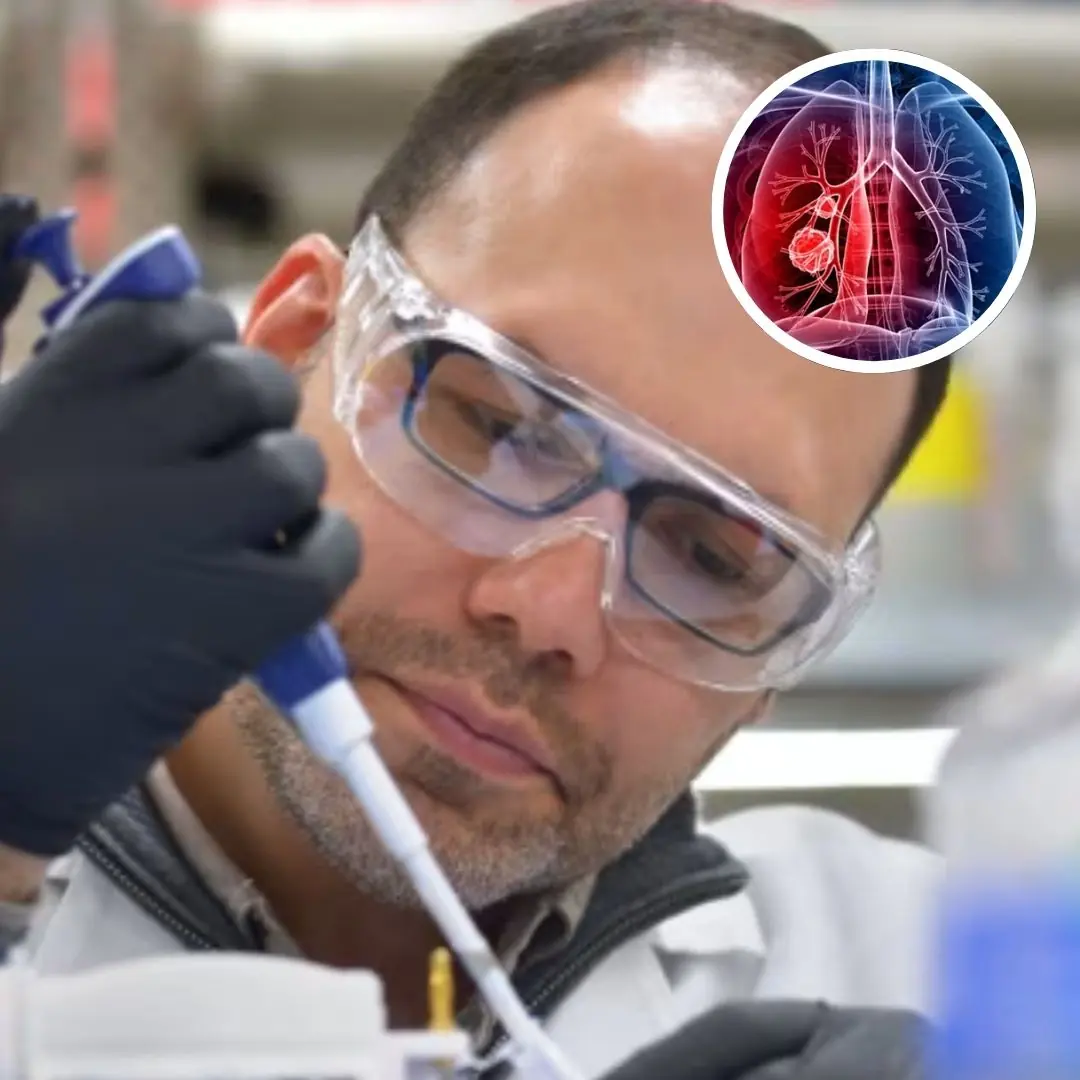
US approves 'guided missile' drug to treat lung c.a.n.cer

5 Nighttime Symptoms Warning of Fatty Liver

9 'super foods' favored by people over 100 years old

When I discovered the truth, I was left speechless and heartbroken

We have a habit of freezing meat and fish to eat gradually, so how long can frozen food be used to ensure safety and quality?

Want crisp, juicy, and delicious apples?

5 Dan.gers of Using Your Phone in the Bathroom
